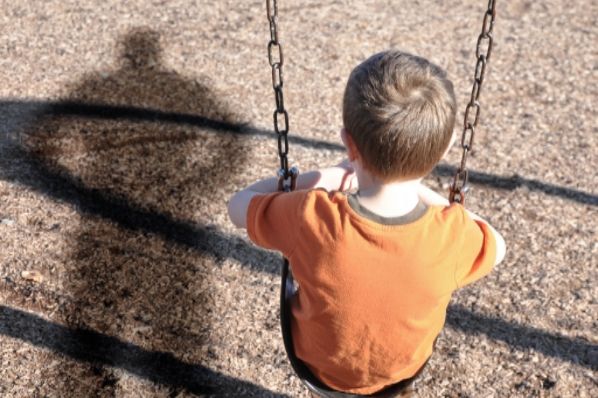David Hansell has a tough road ahead of him.
It’s not only because the recently appointed head of the Administration for Children’s Services has to clean up the mess left by his predecessor, on whose watch 58 children with ACS files died. It’s also because Hansell, like the leaders of other organizations overseeing the welfare of our most vulnerable children, doesn’t have the workforce he needs.
The most obvious problem is simply retention. According to a report from the Child Welfare Workforce Institute, yearly turnover rates nationally can exceed 30 percent. While low pay and high levels of stress are frequently cited as reasons people leave these jobs so quickly, the truth is much more varied and systemic.
Richard Gelles of the University of Pennsylvania tells me that “the majority of workers are what I refer to half-jokingly as 24-year-old art history majors.” In other words, they’re people who have a liberal-arts degree and are simply going to receive training as a child-welfare worker once they’re hired. Depending on the agency where they go, they could be out shadowing other workers for a few months or they could be given their own clients after a much shorter amount of time.
The experience often does not match the expectations of young men and women who get into this field wanting to help children and families. These jobs entail far more than counseling. And often these workers can by definition have an antagonistic relationship with families because they are scrutinizing the way parents deal with their children and the workers may have the power to remove the children entirely.
The requirements to be a supervisor at one of these agencies are somewhat more stringent. But nationally less than 40 percent of child-welfare workers are social workers, according to Joan Zlotnik, a senior consultant for the National Association of Social Workers. People think “all the child-welfare workers have preparation, and that’s not the case.”
Gelles agrees that a surprising number of people in supervisory roles at these agencies have MBAs or Masters of Divinity degrees, but little training in social work. Yet social-work programs aren’t giving workers adequate training, either.
For one thing, they’re often boxed in by political correctness in an industry where that can be deadly. Take Hunter College’s social-work program, which offers a two-semester course exploring “poverty in the context of oppression, diversity and social justice.” You can minor in community organizing, too.
Or Columbia, which offers a course that “fosters students to challenge bias, prejudice and forms of discrimination that operate in the lives of social workers and our clients . . . Learning begins with hands-on participation in a series of interactive exercises designed to elicit and deconstruct dynamics of racism, sexism, ageism, ableism, heterosexism, classism, etc.”
Gelles says it’s inevitable that social-work schools would want to focus on such issues. He warns his students, “you will face a situation where your clients are disproportionately from minority families and they view you as a child snatcher who is racist by definition. That will put a lot of burden on you.” But classes on understanding racism are of limited use in preparing to work through these obstacles.
The skill set people going into this field of work need, Gelles says, includes “how to make decisions about what constitutes danger to a child and when that child needs to be removed.” Gelles suggests that social workers need to offer more courses focused on child development, including neuroscience. “Decisions related to children under three are more critical than those over 13,” he explains.
But he also says that his students need to understand math. They need to be able to look at research and data and determine the actual likelihood that a child is in danger.
Too often, he says, masters of social-work programs are trying to prepare students to do original research but not apply the work that’s already been done to practical settings.
Until workers at these agencies receive better training both before they’re sent into the field and once they are on the job, things are unlikely to improve. Unfortunately, it’s a vicious cycle: The tragedies like the ones that have occurred in recent years in New York could make it less likely that smart, talented people will want to work for a child-welfare agency and be blamed for others’ incompetence when things go wrong.
Naomi Schaefer Riley is a senior fellow at the Independent Women’s Forum.


